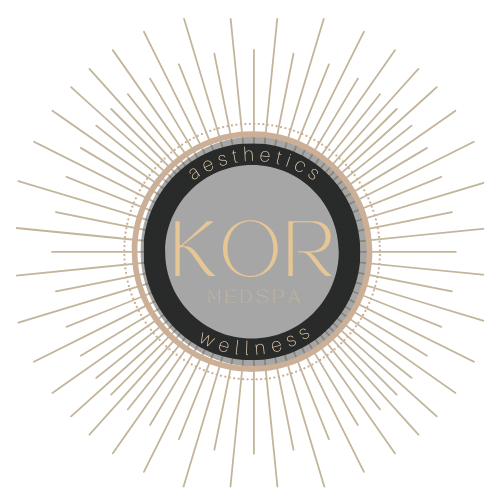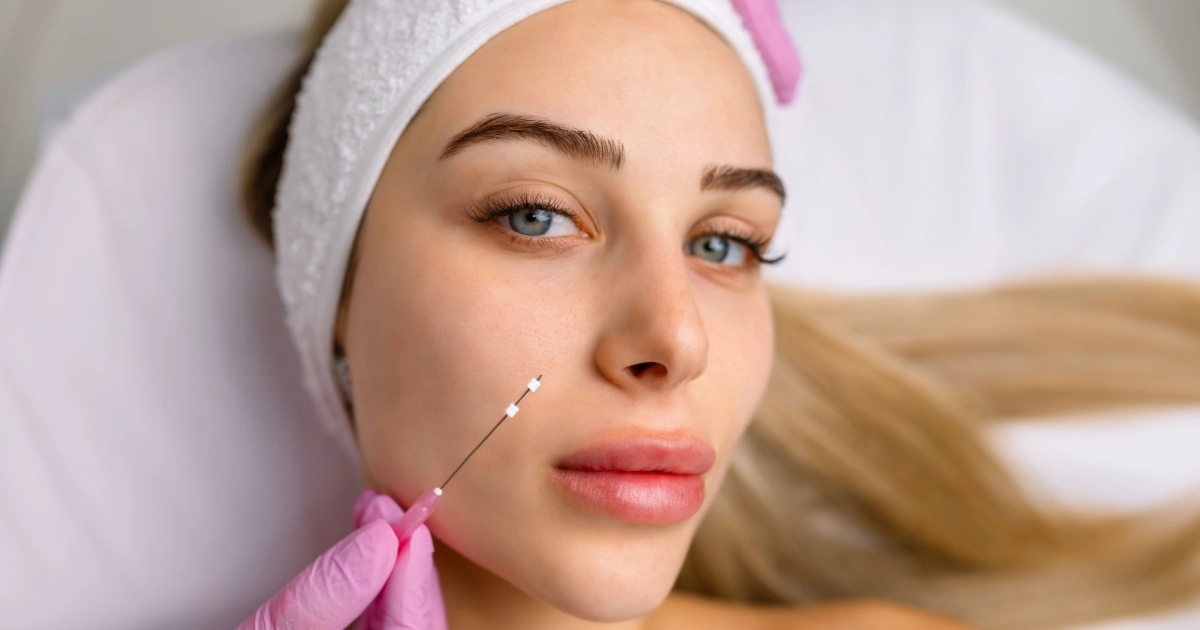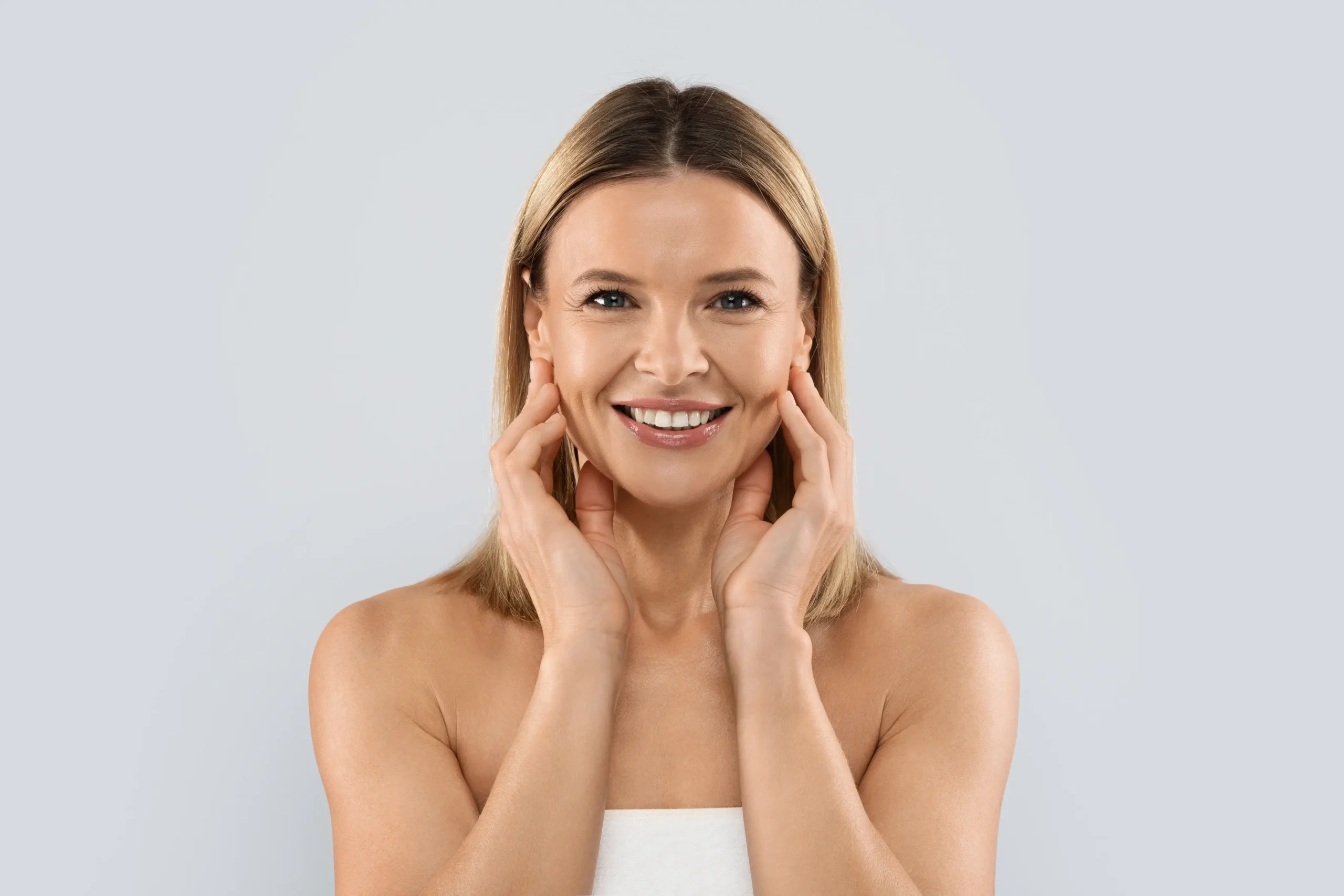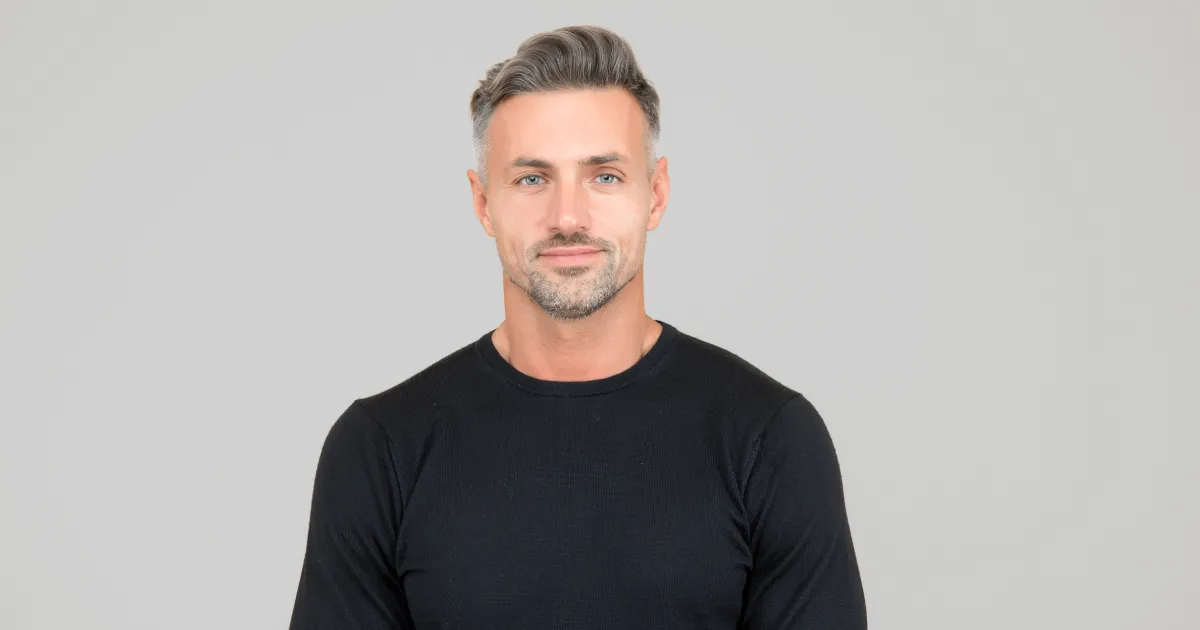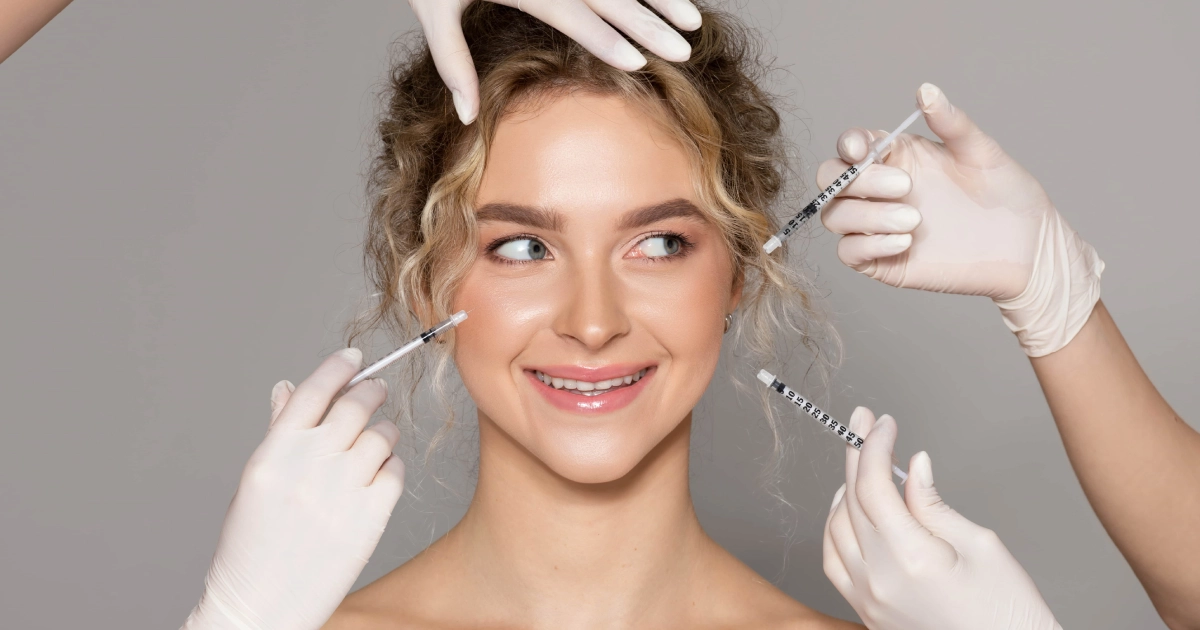Introduction
Non-surgical facial enhancements have gained popularity, with dermal fillers leading the way for those seeking to rejuvenate their appearance and restore youthful volume. Many people are curious about the longevity of these treatments, often wondering about the duration of their effects. This comprehensive overview explores the various types of facial fillers, their typical lasting periods, and the key factors that can affect how long their results endure.
What Are Facial Fillers?
Facial fillers, also known as dermal fillers, are injectable treatments used to enhance facial appearance by adding volume, smoothing wrinkles, and refining contours. Cosmetic injectables often include either naturally occurring molecules, such as hyaluronic acid, or synthetic polymers that are engineered to resemble these natural compounds. The primary goal of facial fillers is to restore a youthful appearance and improve facial symmetry without the need for surgery.
Types of Facial Fillers
Various kinds of face fillers have different qualities and lifespans:
- Hyaluronic Acid (HA) Fillers: These are among the most popular facial fillers due to their natural-looking results and safety profile. HA fillers, such as Juvederm and Restylane, attract and retain moisture, providing immediate volume and hydration to the skin.
- Calcium Hydroxylapatite (CaHA) Fillers: Radiesse is a well-known CaHA filler. It stimulates collagen production and provides a firmer texture to the skin.
- Poly-L-lactic Acid (PLLA) Fillers: Sculptra is an example of a PLLA filler. Unlike other fillers, PLLA works by stimulating the body’s collagen production over time, resulting in gradual and natural-looking volume enhancement.
- Polymethylmethacrylate (PMMA) Fillers: Bellafill is a PMMA filler known for its long-lasting results. It contains tiny, biocompatible microspheres that provide structural support to the skin.
- Autologous Fat Injections: Autologous fat injections extract fat from one part of the body and inject it into the face to add volume and smooth wrinkles. This method offers long-lasting results, often for several years, using the patient’s own fat for a natural look.
How Long Do Facial Fillers Last?
Depending on the type of filler employed, the duration of the effects can change:
- Hyaluronic Acid Fillers: Juvederm and Restylane are two examples of hyaluronic acid fillers that are well-liked because of their safe and natural-looking effects. Depending on the particular substance used and the area treated, these fillers usually last between six and eighteen months. Areas with high movements, like the lips, may see a shorter duration, while less mobile areas, like the cheeks, may experience longer-lasting results.
- Calcium Hydroxylapatite Fillers: Calcium hydroxylapatite fillers, such as Radiesse, stimulate collagen production and provide a firmer texture to the skin. The results from CaHA fillers can last up to 12 months or longer.
- Poly-L-lactic Acid Fillers: Poly-L-lactic acid fillers, like Sculptra, work by stimulating the body’s collagen production over time. This results in gradual and natural-looking volume enhancement. The effects of PLLA fillers can last up to 2 years, but multiple treatment sessions are typically required to achieve optimal results.
- Polymethylmethacrylate Fillers: Polymethylmethacrylate fillers, such as Bellafill, contain tiny, biocompatible microspheres that provide structural support to the skin. Results from PMMA fillers can last up to 5 years or longer, making them one of the longest-lasting options available.
- Autologous Fat Injections: Autologous fat injections involve harvesting fat from another part of the patient’s body and injecting it into the face. While the longevity of fat transfer can vary, it often provides long-lasting results, sometimes lasting several years.
Factors Affecting the Longevity of Facial Fillers
Several factors can influence how long facial fillers last, including:
- Metabolism: Individuals with a faster metabolism may break down the filler more quickly, resulting in shorter-lasting effects.
- Area Treated: Areas with more movement, such as the lips and mouth, may see fillers dissipate more quickly than less mobile areas like the cheeks.
- Type of Filler: Different fillers have different compositions and mechanisms of action, impacting their longevity.
- Injection Technique: The duration and quality of the outcomes can be greatly impacted by the injector’s expertise and technique.
- Lifestyle Factors: Smoking, excessive sun exposure, and high levels of physical activity can accelerate the breakdown of fillers.
Facial Fillers Before and After: What to Expect
Being aware of the potential results of face fillers can help prepare for the procedure and set reasonable expectations. Here’s what you can anticipate before and after getting facial fillers.
Before the Procedure
- Consultation: The first step in your journey is to see a licensed practitioner. After evaluating your goals and facial shape, they will recommend the optimal filler type for you.
- Preparation: A week prior to the treatment, you might be told to refrain from taking aspirin and fish oil, two drugs and supplements that can worsen bruises.
During the Procedure
- Anesthesia: Depending on the area being treated and your pain tolerance, a topical anesthetic or numbing injection may be applied to minimize discomfort.
- Injection: The locations of choice are gently injected with the filler. Depending on how many locations need to be treated, the procedure typically takes 15 to 60 minutes.
After the Procedure
- Immediate Results: The treated region will improve right away, but some swelling and redness are normal and will go away in a few days.
- Recovery: Most people experience minimal downtime. You might have minor bruising or swelling, but you can typically resume normal activities immediately.
- Final Results: The final results will become more apparent as the swelling decreases, usually within a week. The skin will appear smoother, and wrinkles will be reduced.
Long-Term Care
- Follow-Up: A follow-up session may be arranged with your practitioner to go over the results and discuss any concerns.
- Maintenance: To maintain the desired look, you may need follow-up treatments, depending on the type of filler used and individual factors like metabolism and lifestyle.
Choosing the Best Facial Fillers
Selecting the “best facial fillers” depends on individual needs and goals. To get the best filler for getting the desired effects, speaking with a licensed and professional injector is crucial. Factors to consider include:
- Treatment Goals: Identify what you aim to achieve, such as reducing wrinkles, adding volume, or enhancing contours.
- Area of Treatment: Different fillers are better suited for specific areas, such as lips, cheeks, or under-eye regions.
- Longevity: Consider how long you want the results to last and the commitment to follow-up treatments.
- Allergies and Sensitivities: Discuss any known allergies or sensitivities with your practitioner to avoid adverse reactions.
- Practitioner’s Expertise: Choose an experienced and qualified injector to ensure safe and effective results.
Conclusion
Facial fillers present a versatile non-surgical solution for enhancing appearance, and understanding the types, their duration, and factors like metabolism and lifestyle helps achieve optimal, long-lasting results. At KOR Medspa, we offer RHA®, Revanesse®, JUVÉDERM®, and RADIESSE® hyaluronic acid fillers to restore volume, rejuvenate skin, and improve facial hydration, lip plumping, and wrinkle reduction, lasting six months to two years and helping reduce acne scars for natural, youthful contours. Enhance your natural beauty and achieve youthful, radiant skin with our long-lasting, expertly applied facial fillers.
